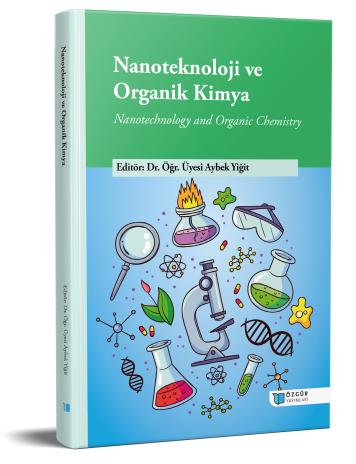
Nanoencapsulation of Bioactive Compounds by Electrospinning Method
Chapter from the book:
Yiğit,
A.
(ed.)
2023.
Nanotechnology and Organic Chemistry.
Synopsis
Electrospinning is a process used to produce nanofibers with nanometer diameters using a high-voltage power supply. These nanofibers have superior properties such as high porosity, small pore diameter, and high surface/volume ratio. Due to the useful properties of nanofibers, many synthetic and natural polymers are used in various applications such as air and water filtration, thermal insulation, protective clothing, conductive devices, wound healing, tissue scaffolds, etc.
Encapsulation technology is an effective strategy for encapsulating bioactive components (aromatic oils, vitamins, plant secondary metabolites, nutraceuticals, probiotics) using appropriate wall materials in the food, pharmaceutical and cosmetic industries.
This work will provide an overview of recent studies in electrospinning-based fabrication of nanofibers for encapsulation of different bioactive components. The main principles of the electrospinning approach, its instrumental setup, and important process parameters affecting fiber properties are discussed. Additionally, examples from recent studies on bioactive components loaded electrospun nanofibers produced by different polymers and using electrospinning process are presented.

